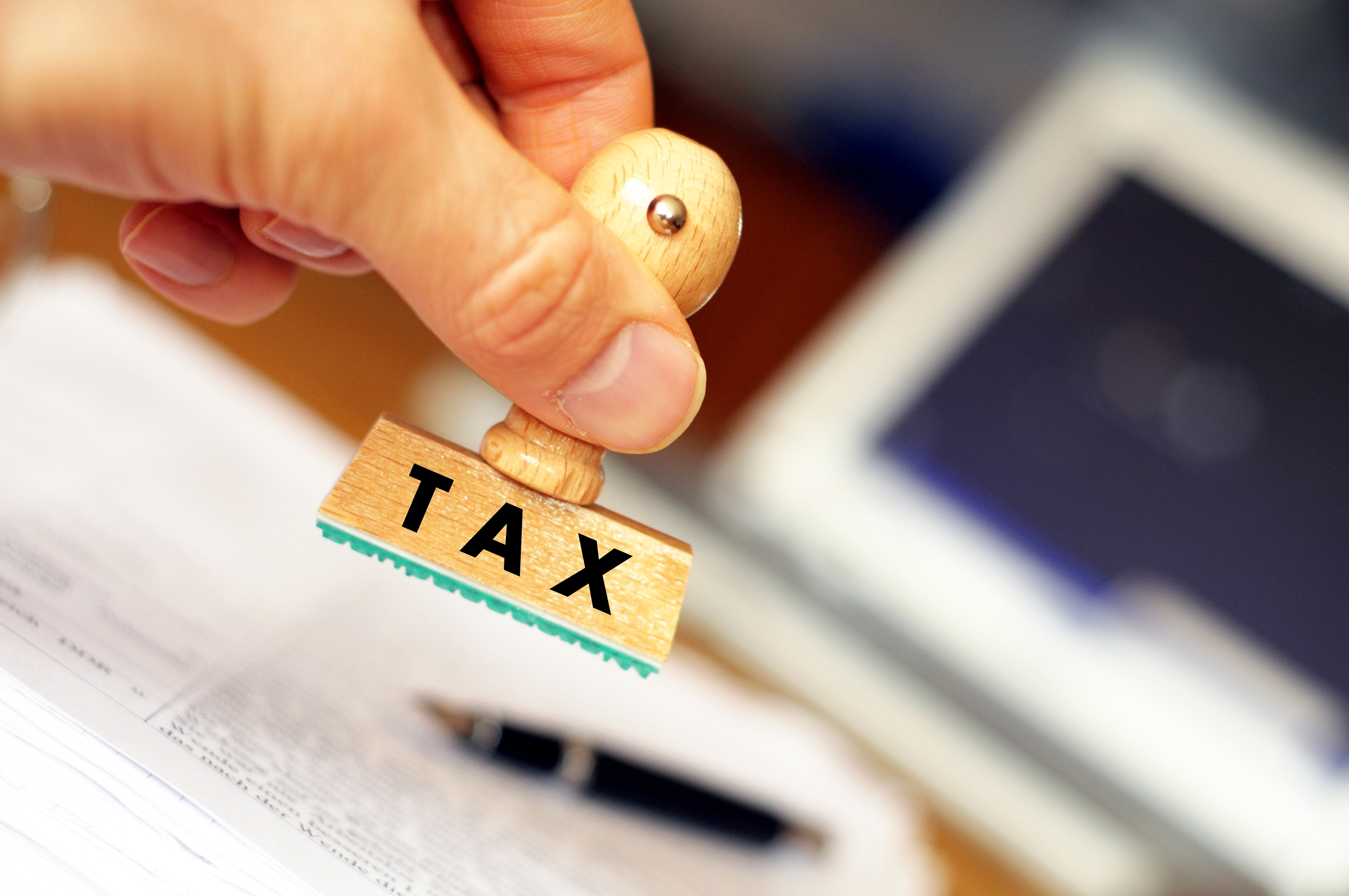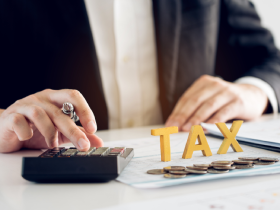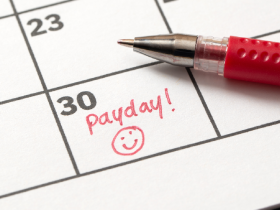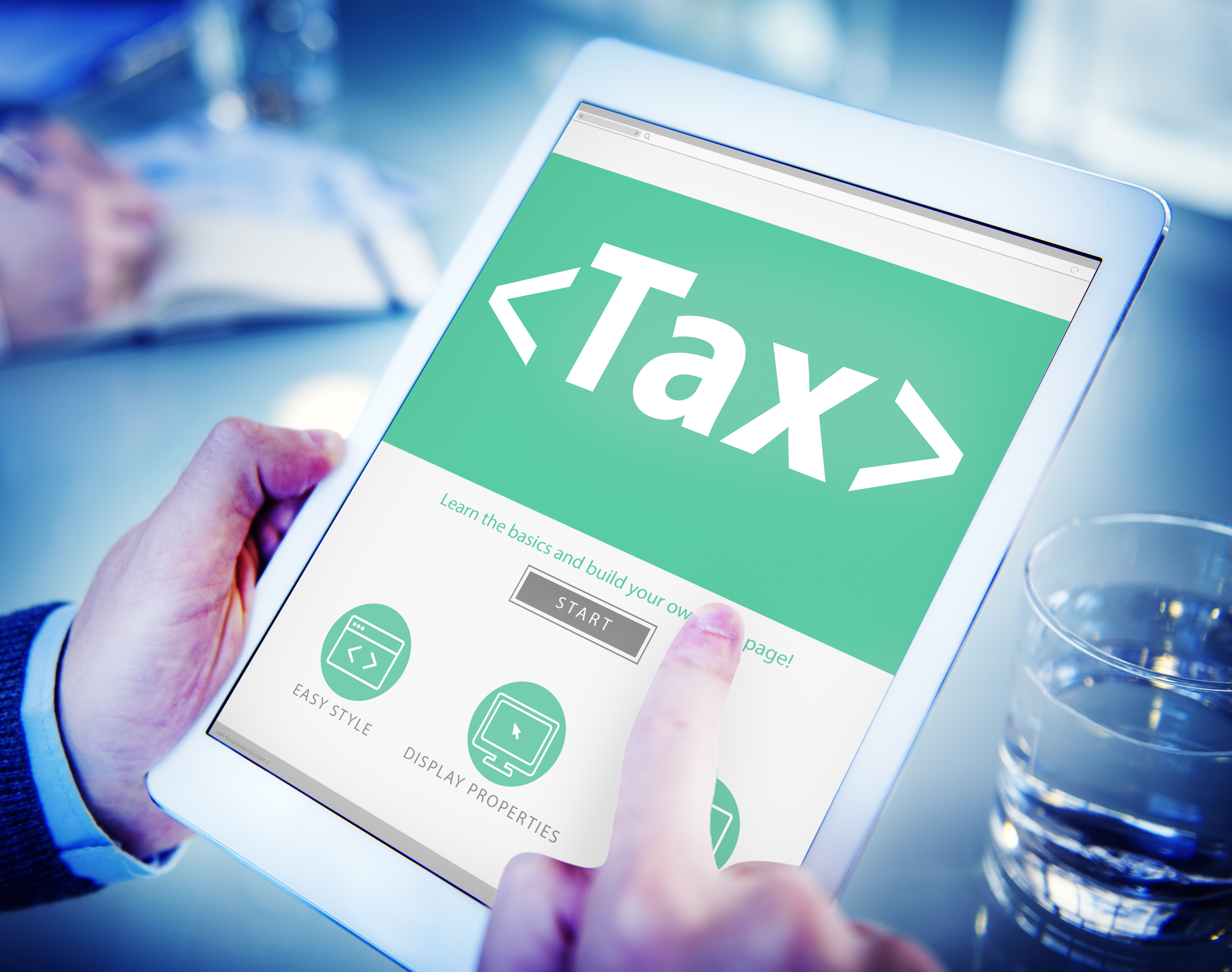If you’re a VAT-registered business or submit a Self Assessment to report sole trader or landlord income, Making Tax Digital (MTD) is something you need to know about – and start preparing for. In this article we’ll explain what it is, and who it affects.
What is MTD?
In simple terms, it’s a government-led initiative to try and modernise the tax system, while also minimising mistakes in the process.
It’s arguably the biggest change since HMRC launched Self Assessment more than 30 years ago. Okay, but… how does it work?
Well, it aims to replace existing analogue processes with digital, or cloud-based, record keeping, the idea being that this will ultimately make it easier for people to submit their tax returns.
Some of the other proposed benefits include:
- The ability to review all your tax information from your personal digital tax account
- A faster, more streamlined process of submitting your information to HMRC
- Increased accuracy and fewer errors
Who does MTD apply to?
It currently applies to two taxes: VAT and Income Tax, but it’s not difficult to see which way the wind is blowing, and it’s likely that more taxes will be “made digital” in the future.
Making Tax Digital for VAT
This was first introduced in 2019 for businesses over the VAT threshold (previously £85,000, but £90,000 as of 1st April 2024).
The rules were then extended to all VAT-registered businesses – regardless of turnover – from April 2022, and, as such, compliance is now mandatory for every business which registers for VAT.
Now, how exactly do you comply?
By keeping digital records, and using compatible Making Tax Digital software to submit your VAT returns.
Making Tax Digital for Income Tax
If you’re a sole trader or landlord, this may apply to you – depending on exactly how much you earn.
Those who earn above £50,000 from self-employment and/or property will need to comply with the MTD IT rules from April 2026, followed by those earning more than £30,000 in April 2027.
The trend then continues into 2028, which is when those earning £20,000 or more will need to start complying.
In order to meet the requirements, you need to digitise all records relating to business income and expenditure, and make this a habit moving forwards.
You also need to submit quarterly updates using HMRC-recognised software and provide a Final Declaration by 31st January (following the tax year it relates to).
How do I prepare my business for MTD?
To reiterate, Making Tax Digital is being rolled out in stages, and so it will ultimately depend on the type of tax return you’re required to submit.
Generally speaking, though, you’ll need to start keeping digital records and submitting your tax information to HMRC with the use of specially designed (and approved) accounting software.
In some cases you may have to use bridging software to make the actual submission. Bridging software is basically just a means by which you can link your financial records to HMRC in a way that’s compliant with the MTD rules.
After all, not all digital record-keeping systems (such as spreadsheets, and even some bookkeeping software providers) include a direct connection to HMRC, and so you may need a way to “bridge” the gap.
What is MTD software?
MTD accounting software allows you to create digital records and make submissions to HMRC. Lots of software providers offer an all-in-one solution which can be used to both create the records and submit them. This type of software is often hosted online in “the cloud”, with data stored on several servers in multiple locations, meaning it’s protected from things like power outages, or hardware and software malfunctions.
Will my accountant make sure I’m MTD compliant?
Online accounting software means you can give multiple people access to your data, simultaneously and in real time. This means your accountant and anyone else in your business is always kept in the loop and knows what’s what.
This in turn makes it easier for them to help you maintain good and accurate bookkeeping records, as there’s no need to transfer files manually. Everyone is always working on the most up-to-date versions of things, which helps in terms of collaboration.
So, yes, your accountant can absolutely help make sure you’re complying with the Making Tax Digital rules (if you’re someone who already needs to comply).
If you’re someone who submits a Self Assessment to report sole trader or landlord income, your accountant will be able to get you and your accounts ready for when you need to start complying, which of course depends on your turnover.
What about everyone else?
Well, it’s always a good idea to be prepared, and as it looks like Making Tax Digital is the future, you might want to consider starting the process of digitising your records now – even if the MTD rules aren’t yet directly applicable to you.
That way, you’ll be ahead of the curve and won’t have to scramble to digitise your records at some unknown point down the line.
What are some other benefits of digital record keeping?
We’ve established that online accounting software provides an extra layer of security, with your data being hosted on multiple servers in multiple locations at any one time, but what are some other benefits to using it?
Well, one of these would undoubtedly be increased collaboration, as every change is universal and real-time data can be seen by anyone with access.
Your data is also generally more accessible, with you being able to view it from anywhere with a secure login and access to the internet.
Find more help in our online accounting hub, and learn more about how to find the right accountant for your business.








Leave a Reply